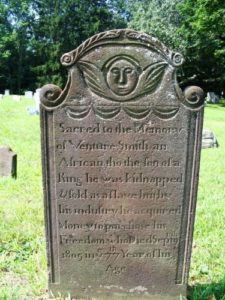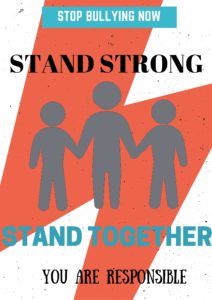1) For our group presentation, we decided to look at this year’s main Coke advertisement from the superbowl. The main reason we chose to look at this piece was because of the controversy of that surrounded the advertisement. Within the commercial America the Beautiful is sung by a variety of ethnicities. Not only that but, for each ethnicity, each individual sang it in their native language. Images of everyday life were being projected onto the screen. This commercial is the “American Dream”. Many different people, speaking many different languages, all doing something that resembled American life. This commercial promoted the idea of the “American Dream” to the viewers. It says, ‘no matter what color skin you have, no matter where you are from, and no matter what language you speak, we are all American, and the “Dream” is out there for us.’ This is what the “American Dream” is about today. Coke is also appealing to its slogan “Open Happiness”, since the “American Dream” is meant to be a happy thought. Coke wants Americans to be happy and chase this “American Dream”.
2) American Dad is the perfect television example of the “American Dream” ideal. Stan Smith represents the patriarchal head of household with the perfect family. His beautiful wife Francine is often expected to fulfill domestic roles while her husband works for the government. Their nuclear family structure (heterosexual, married parents with two children) and suburban home perpetuate the idea of the “American Dream.” Even though the show is often a humorous critique of traditional, American values, Stan’s family is portrayed as the ideal family. In Season 5, Episode 11, Roger is depicted as the stereotypical welfare mother. This image is juxtaposed with Stan and his family eating together at the dinner table. When families enter welfare programs it typically implies that they need money to help provide for their families because they don’t reach a certain income. In this episode the nuclear family (and the audience) looks critically on the welfare mother as she declared she was spending her welfare check to buy unnecessary things such as candy and alcohol. The welfare family unit is thoroughly coded as NOT the “American Dream” and as something disgusting and lesser than the “true” nuclear family. These conflicting images show viewers which families are considered legitimate and desirable versus illegitimate in the United States; an individual is supposed to search for “the one,” marry, have children, and buy a house. This is seen as the successful “American family”, and these ideas are supported by media representations.
3) Race shapes different families across the “American Dream” because it affects families’ access to what is included in that “American Dream.” For those who don’t constitute as “American” or “Newly American” it becomes an issue of “ well you’re in America, what more do you want? Work and work and maybe you’ll get somewhere” instead of the idea of having easier access to success simply because you are in America like many believe the “American Dream” to be. We’ve decided to look at the Cheerios commercial linked at the bottom of this. This example utilizes cultural assumptions about race to categorize families because it made the viewers catch themselves and played with our American culture. In the beginning the viewer sees the white mother and then a bi-racial child enters the frame. We don’t really notice that the child is bi-racial or that this is an interracial family until the view switches to the child black father in the next room. We didn’t even notice, but we assumed for the child’s father to be white or maybe another race but black would be the last guess. It may not be because of any underlying racism in the viewer but it is because this is what the media pumps into us regularly.


Recent Comments